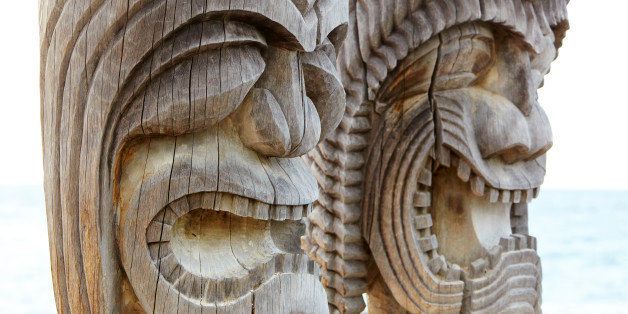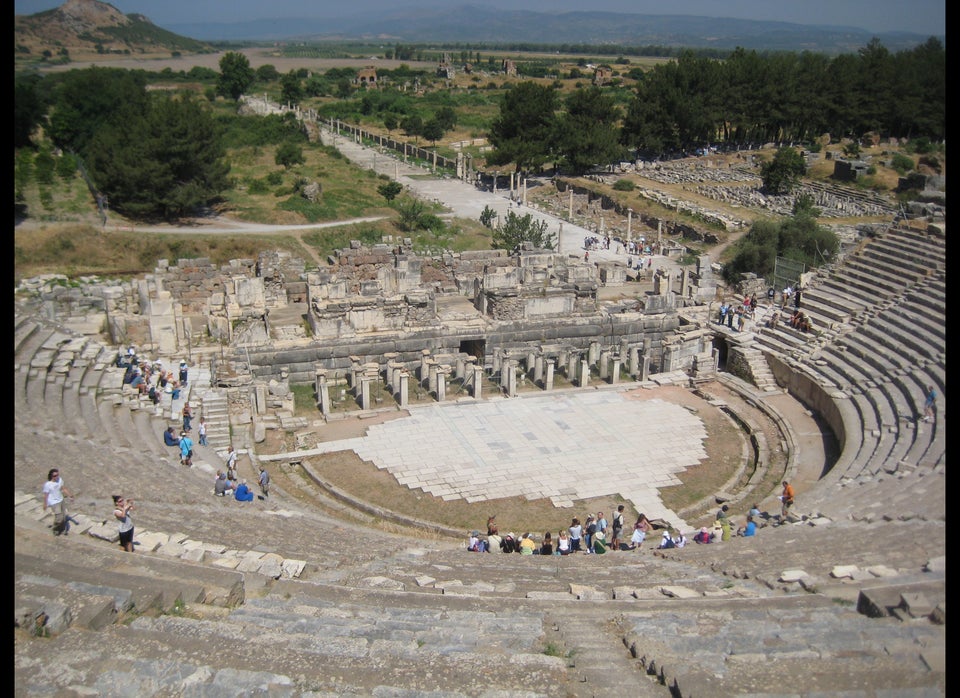
One does not normally think of ancient Hawaii when thinking about the early societies of Egypt and China, Mesopotamia and Mesoamerica, the Indus Valley and the Incas.
But a new scholarly work argues that pre-contact Hawaii — in particular, the society that developed in the 17th and 18th centuries on the Big Island — should join the recognized list of "cradles of civilization," primary states from which "all modern nation states ultimately derive."
That's the thesis of The Ancient Hawaiian State: Origins of a Political Society, published this year by Oxford University Press.
At minimum, the book gives reasons for Hawaii, and perhaps Hawaiians, to be viewed in a new and dramatic light.
"What I am talking about here is a major revolution in human history," the book's author, Robert J. Hommon, tells me. "Once primary states developed, then the organization is already in place. It's basically the same as what we live under today, except that we live in much larger societies. And this was a Native Hawaiian accomplishment."
I interviewed Hommon when he was in Honolulu in October, to promote and lecture about The Ancient Hawaiian State.Hommon's work is not a holiday stocking-stuffer, easy reading for the general audience. He is a retired archaeologist and senior cultural resource scientist for the Pacific Islands Office of the National Park Service.
But The Ancient Hawaiian State makes a strong case for reconsidering how pre-1778 Hawaii should be understood. Same goes for another Polynesian society that developed in Tonga.
"The point I am making is that this was an organizational revolution," he said. "Once you have this system, which consists of a leader and a bureaucracy, and the bureaucracy is a human social network ... with individuals interacting with each other, its orders coming down from several layers, and results going up — this is the basis of modern nation states, and corporations and large armies and any large organization."
How did Hawaii, prior to Captain James Cook's arrival, come to develop a sophisticated system of governance, given that the other six cradles were on continents?
Hommon has a hypothesis, one that he admits is controversial. He reasons that something similar to what happened on a southwestern Pacific island called Tikopia resulted in "an escalated coercive development" that contributed to the emergence of the Hawaii Island state during 1680-1790.
Tikopia, located in the Solomon Islands, is just 2 square miles in size. Anthropologists in the 20th century determined that a hurricane devastated the benevolent society that lived there, one run by a chief system based on kinship.
Hommon said that the resulting emergency situation forced the people of Tikopia to "harden significantly" in order to survive. Under stress, the leaders became much more "power oriented," changing the society's structure.
Something similar, Hommon reasons, happened in Hawaii.
'One Bad Year'
Hommon relies on the direct archeological record of agricultural development of the Leeward Kohala field system, which helped the Big Island to support a population numbering in the tens of thousands. It's estimated that as many as 250,000 people lived in Hawaii Island prior to Cook's arrival, almost twice the present-day population.
Hawaii's transformation is also documented in oral traditions preserved in a literature that came post contact.
What happened in Hawaii is akin to what happened with ancient Athens and Rome "and to the U.S. after 9/11 attacks," he writes in his book's conclusion. "The hard time hypothesis proposes that a leader of an autonomous group tends to respond to a perceived threat to the group with extraordinary action that can transgress sociopolitical norms."
As he explained, "One bad year could have set it off so that high chiefs needed to accumulate more power, including with taxes — that was key too. The chief was now a king. It's not usually called taxes, it's called tribute or gifts, but in essence it was taxation. The king needed leaders, bureaucrats and taxation and other ways to exercise control. And they are only controlling certain things; it's not an all-encompassing system. The common people went along as usual after this organizational revolution."
Hommon's ties to Hawaii are deep. He served for 10 years as president of the Society for Hawaiian Archaeology and eight years as a member of the Hawaii State Historic Sites Review Board. His work includes preparing the overview report for listing of Kahoolawe in the National Register of Historic Places.
Hawaiian Pride
James M. Bayman, an anthropology professor at he University of Hawaii at Manoa who is thanked by Hommon in his preface, provides a glowing book jacket blurb:
Hommon's masterful integration of archaeological and documentary records demands attention from scholars beyond Oceania who must interpret the world's early states without eyewitness accounts. Hawaii offers a perspective that is rarely accessible to archeologists who study complex societies solely through material records.
Hommon's book does not much consider the implications of nation-state stature for post-contact Hawaii, other than placing it in historical context. But he said the governance structure continues into the present day.
How might Native Hawaiians, then, react to his theories? With pride, he suggests.
"The Hawaiians did something that as far as we know happened only in six other places ever in all of history," he said. "And the reasons that it is not obvious to historians that it happened here too is that those other places are on continents, so all sorts of trade and carne monuments and so forth (existed)."
He continued: "But what counts is that they came up with a new way of organizing large numbers of people. If I were a Native Hawaiian, I would really feel proud that something so unique happened here. Of course, there are good things and bad things about states. But the world we live in today is (made up of) states, not tribes."
